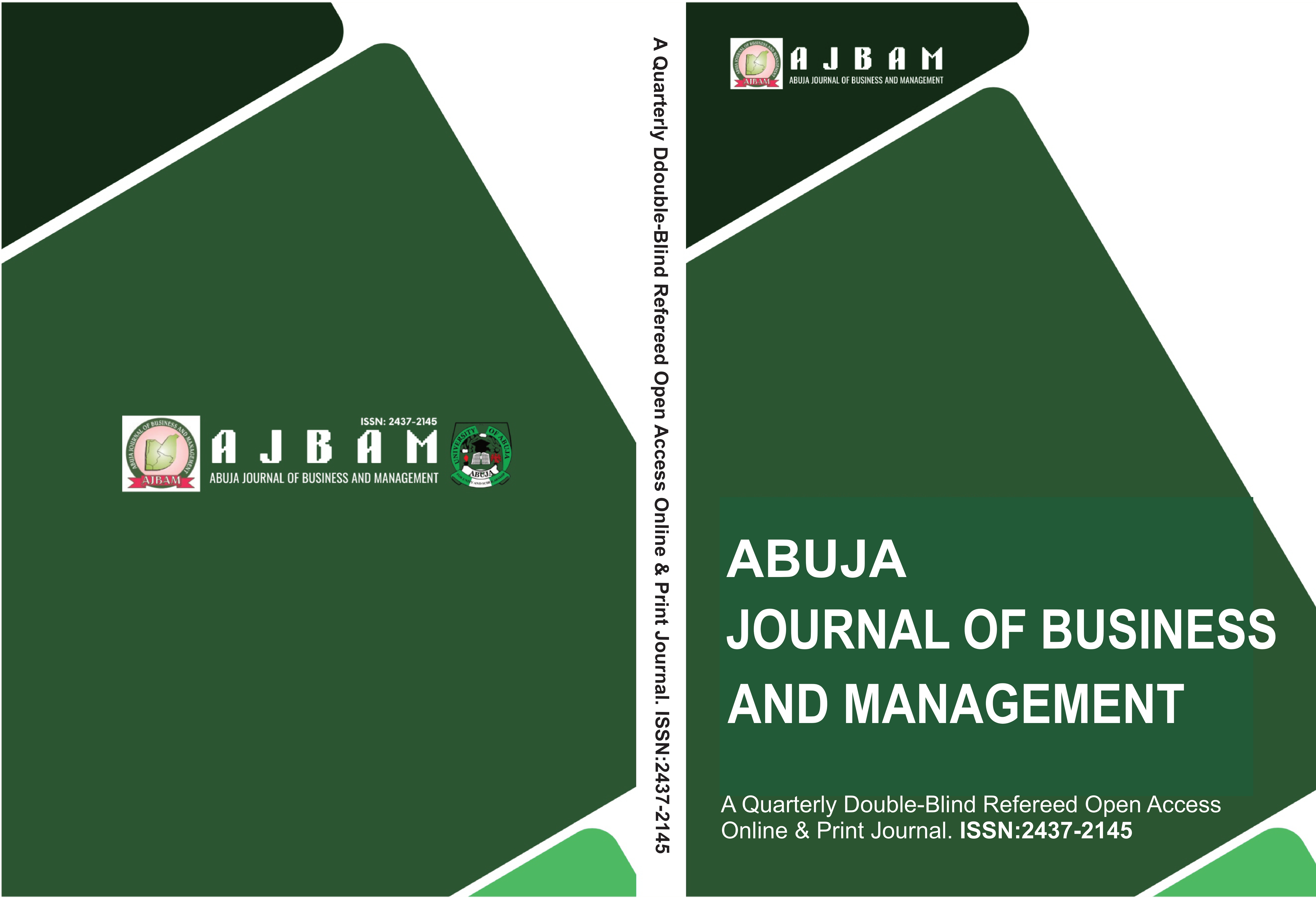TECHNOLOGY ADOPTION AND BORDER CONTROL PERFORMANCE: A STUDY OF NIGERIA IMMIGRATION SERVICE
DOI:
https://doi.org/10.70118/ajbam-01-2025-108Abstract
This study investigates the impact of technology adoption on the performance of the Nigeria Immigration Service (NIS), a cross-sectional research design was employed to collect data from employees of the NIS within the Federal Capital Territory (FCT). The target population consisted of 1660 employees’ employees across six key directorates directly involved in technology-driven operations. A sample size of 216 was determined using Krejcie and Morgan's formula, ensuring statistical validity. Participants were selected using a simple random sampling technique to minimize selection bias. Primary data was collected using a structured questionnaire, which was validated through expert reviews and achieved high reliability with a Cronbach’s alpha coefficient was 0.73. Data analysis was conducted using multiple regression analysis with the aid of SPSS version 27 to examine the relationship between technology adoption and firm performance. The findings revealed that technology facilitating conditions significantly improves organizational performance within the NIS (β = 0.301, p < 0.001). while perceived usefulness has the most substantial impact (β = 0.543, p < 0.001), highlighting the importance of practical benefits in motivating employees to embrace digital tools. The model demonstrated strong explanatory power, with an R-squared value of 0.796, indicating that approximately 79.6% of the variance in performance can be attributed to technology adoption factors. Based on these findings, technology adoption positively affect the performance of the Nigeria Immigration Service, the study recommends increased investment in advanced and user-friendly digital tools to streamline operations and enhance efficiency. Regular employee training programs should be implemented to improve digital literacy and mitigate resistance to new technology. Furthermore, continuous monitoring and evaluation mechanisms should be established to assess the effectiveness of technological tools and incorporate employee feedback for future improvements.
Downloads
Published
Issue
Section
License
Copyright (c) 2025 Nana Usman Bature, Bashiru Ramatu Ahmed (Author)

This work is licensed under a Creative Commons Attribution 4.0 International License.
Authors retain copyright and grant the journal right of first publication with the work simultaneously. This work is licensed under Creative Commons Attribution 4.0 International



